LED lights, initially known for their intense brightness and distinct blue hue, have evolved significantly over time. Modern LED lights are versatile and suitable for various applications ranging from illuminating large areas to providing precise lighting for tasks like using tweezers. LEDs consume significantly less energy than traditional incandescent bulbs, leading to cost savings on electricity bills.
But before talking about the advantages of using these products, you need to understand what LED lights are exactly.
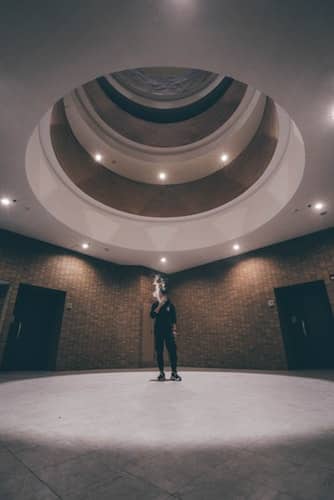
Image via Yiran Ding
What are LED lights?
LED, or light-emitting diode is a type of Solid State Lighting (SSL) that utilizes semiconductor technology. It consists of two semiconductors, the ‘n’ and ‘p’ types. When current is applied, electrons move between these semiconductors, releasing energy as photons when they fill a previously occupied “hole.” This release of photons results in light emission, a phenomenon called electroluminescence.
Unlike incandescent and fluorescent lights, which use filaments or gases within glass containers, LEDs contain small chips inside capsules or lenses set on heat-conductive materials. There are two main types of LED devices:
- Integrated LED: Features a built-in diode, taking the device’s shape and producing evenly distributed light. However, the LED component cannot be replaced separately.
- Separate LED: These devices are modular and can be taken apart.
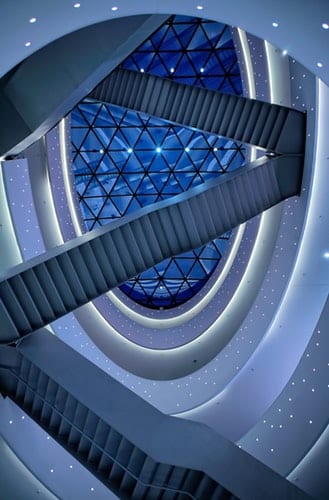
Image via Ricardo Gomez Angel
Can the brightness of LEDs be controlled?
Initially, LEDs did not offer adjustable brightness, making them less suitable for environments needing softer illumination, such as bedrooms or bathrooms. Modern advancements now allow for the dimming of LEDs. Current LED lights are available with built-in dimmers or are compatible with external dimmer switches.
LEDs are now increasingly utilized in various real-life settings due to their controllable brightness. For instance, homeowners use them in bedrooms to achieve a calm ambiance for reading before bed. In restaurants, dimmed LEDs set a romantic or relaxed mood for diners. Cinemas employ LEDs in aisles, allowing for dim lighting that doesn’t distract from the screen. Additionally, art galleries adjust LED brightness to accentuate artworks without causing damage. This adaptability makes LEDs versatile for a range of applications.
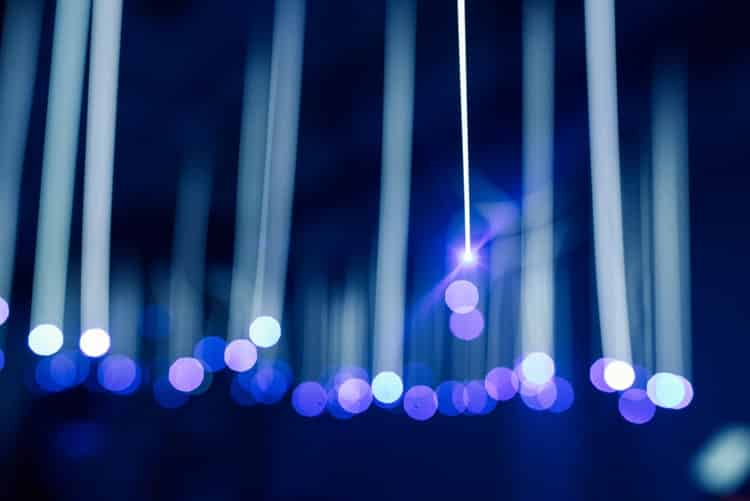
Image via McDobbie Hu
Energy Efficiency
LED lights are the most energy-efficient source of illumination for your home. Compared to traditional lighting, LEDs are 80%-90% higher in energy efficiency. This means that almost 80% of electrical energy is converted into light, while a mere 20% is converted into other energy forms like heat.
The statistics are just the reverse in the case of regular light bulbs and fluorescent lights which take up about 80% of power that is converted to heat and only 20% produces the light that we get. You can replace an 84-watt fluorescent light with a 34-watt LED and still get the same level of light. The consumption of less energy reduces the need for power plants, decreasing greenhouse gas emissions.
So, calculatively, say, if you’re using traditional lighting and having to pay US$100 on electricity bills, then US$80 from that goes into heating the room alone without lighting functions. But if you install LEDs, having an 80% power efficiency, you’d only have to pay $20 and save around $80 altogether!
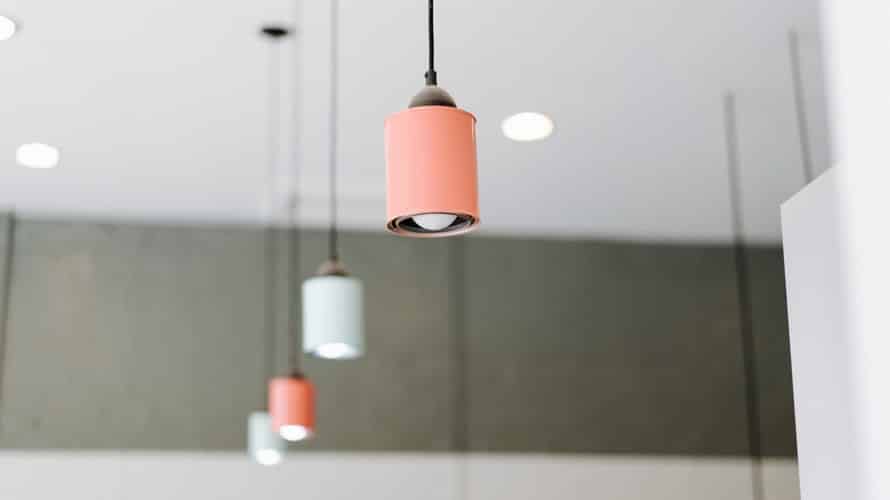
Product Longevity
LEDs boast significantly longer lifespans than traditional lights, translating to fewer replacements and consequently lower carbon emissions. On average, they can last up to six times longer than conventional bulbs. Unlike traditional bulbs that cease to function when the filament breaks, LEDs dim over time, retaining about 70% of their initial brightness for the majority of their lifespan.
For perspective, while an incandescent bulb typically lasts between 750 to 2,000 hours and a compact fluorescent ranges from 8,000 to 10,000 hours, a linear fluorescent bulb has a lifespan of 20,000 to 30,000 hours. In contrast, a high-power white LED can offer between 35,000 to 50,000 efficient hours. Some LEDs have even been documented to last up to 100,000 hours, equivalent to over 11 years. However, this longevity can be influenced by factors such as temperature and operating current, leading to gradual degradation.
Given their extended lifespan, LEDs significantly alleviate demands in sectors like industrial manufacturing, packaging processes, and transportation.
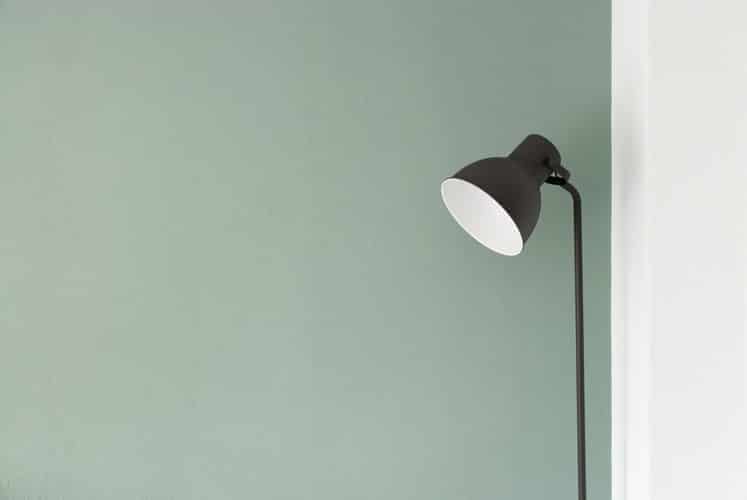
Image via David van Dijk
Lower Temperatures and Heat Production
Incandescent light bulbs dissipate 80%-90% of their energy as heat, while LEDs operate coolly. Unlike incandescents, LEDs lack glass components, making them more resistant to damage from vibrations or temperature shifts. Consequently, LEDs are suitable for areas with higher temperatures, such as kitchens or outdoor sports facilities.
Importantly, LEDs don’t emit heat as infrared or ultraviolet radiation, unlike traditional lights. This makes them ideal for illuminating spaces with light-sensitive materials like food or textiles.
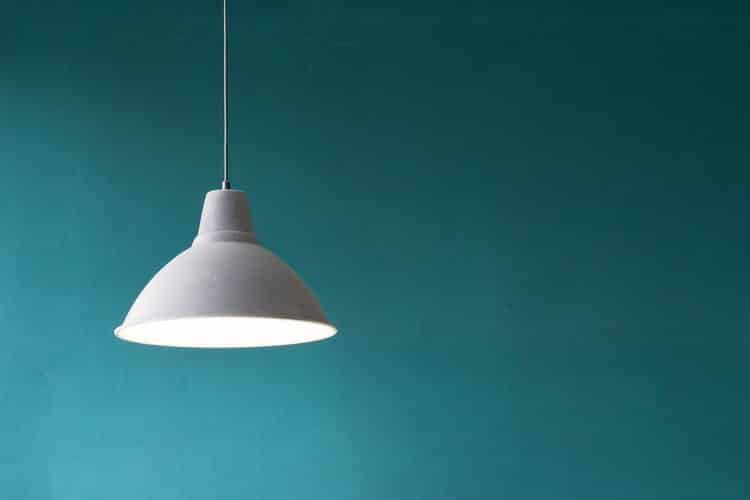
Image via Pierre Châtel-Innocenti
Size and weight
LEDs, typically 3-8mm in length, can be used individually or in arrays for displays. Their compact size and slim profile allow them to fit into tight spaces where traditional light bulbs can’t (recalling the tweezer reference earlier?).
Furthermore, LEDs offer better light distribution due to their directional properties, outperforming standard lighting in this regard.
These LEDs are also lightweight. They can be conveniently installed throughout the house without requiring heavy-duty fixtures anchored to ceiling joists or wall studs. Consider elegant LED orb pendants or classic chandeliers to illuminate any event in your living area.
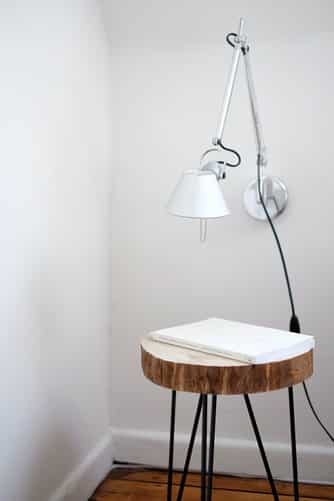
Image via Atilla Taski
Aesthetics and overall design finish
LEDs effortlessly complement most interior designs, adding a touch of elegance to any room. Modern LEDs offer enhanced control, especially with dimmers, compared to their initial versions.
A notable advantage of LEDs is their ability to create the illusion of expanded space. Their soft radiance blurs room boundaries, making spaces feel larger. When mounted on the ceiling, they can give the impression of a raised ceiling, enhancing room spaciousness.
Today’s market offers a wide variety of LED pendant and chandelier designs to suit any decor, providing added depth to your room’s aesthetics. Whether you prefer ambient lighting or focused spotlights, LEDs cater to your requirements in ways traditional bulbs can’t.
The diversity in LED designs is vast, ranging from spun metal pendants to simple orbs suitable for any ceiling. For a whimsical touch, consider integrating strands of enchanting fairy lights.
Certain LED models also feature Ambient Light Sensing (ALS), which adjusts the light intensity based on the room’s needs. They are affordably priced and can even detect and adjust to the ambient light’s color, enabling color synchronization with RGB-type LED systems.
So, consider replacing mundane conventional lights with LEDs. They promise a transformative experience for your living space as evening approaches.
Ecologically Safe
LEDs are commendable for not containing toxic elements like mercury, which pose environmental threats. Traditional lighting, such as fluorescent strip lights, incorporates harmful chemicals, including mercury. When improperly discarded, these contaminants can harm the environment.
Such hazardous substances must be handled by registered waste carriers. Choosing LEDs eliminates the complications and costs of these disposal measures, preserving the environment from additional chemical harm.
LEDs are fully recyclable, diminishing your carbon footprint. A single LED bulb’s lifespan equates to the material and production of roughly 25 incandescent bulbs, marking a significant stride in environmental conservation.
Additionally, LEDs positively influence ambiance. Softer lighting from LEDs can alleviate stress and tension. This benefit is a primary reason many healthcare facilities have transitioned from harsh conventional incandescents to LEDs.
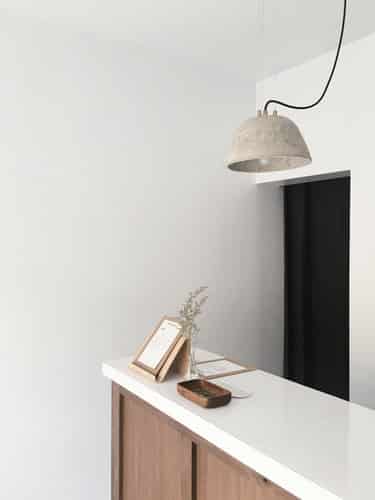
Image via Kirill Zakharov
Durability
LEDs are durable lighting components resistant to external impacts and vibrations. They can be installed indoors or in open spaces like balconies, patios, or outdoor sitting areas.
They remain undamaged in challenging weather conditions, including wind or rain, and function well in both warm and extremely cold environments, like freezer rooms. Unlike regular light bulbs, they can handle temperature fluctuations without damage.
Light dispersing and color tuning
LEDs direct their rays accurately without external reflectors, offering better application efficiency and even light distribution than conventional light sources.
LEDs offer a wide spectrum of vivid colors. Multi-colored LED devices can shift through various colors with easy dimming functions.
RGB modules produce a broader color spectrum than standard or white light sources, making them perfect for LED backlighting.
LED color tuning may change based on factors like temperature and current.
Instant lighting and frequent switching
LEDs power up instantly without any lag or flicker. They are ideal for areas such as closets and basements where quick illumination is desired, as well as for infrastructure projects like traffic signals. Moreover, these lights can be turned on and off repeatedly without causing any circuit damage.
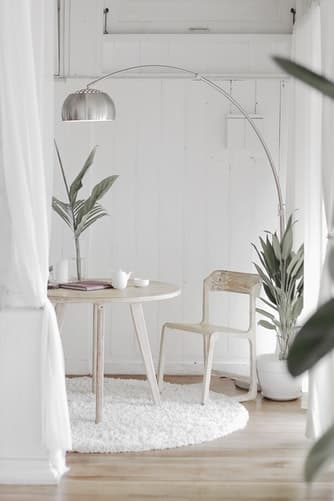
Image via Hutomo Abrianto
Can be worked with a low-voltage power supply
LEDs operate effectively on low-voltage power sources, and they can even utilize external solar power supplies. This advantage is especially notable for lighting needs in distant or rural areas. Switching from traditional incandescent bulbs to LEDs, whether for ceiling lights or other applications, might be a standout choice for your home. The merits of adopting LED technology extend beyond personal gains, benefiting both society and the environment at large.
If you’re unsure where to incorporate LED lights in your home or office, consider the bathroom mirror. It’s among the earliest adopters of LED lighting due to its compact size and efficiency, here you can find the top LED mirrors for your home.


